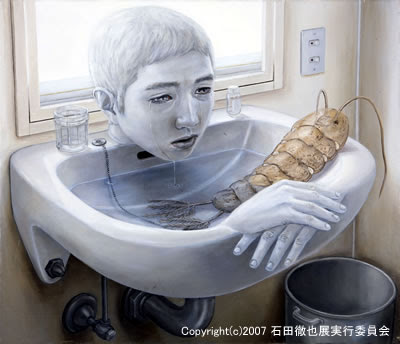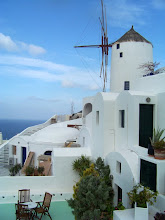
You are a labyrinth interwoven with water. I don’t even try to find my direction since reading a map is both useless and unnecessary.
I understand the very charm of you is not in those famous landmarks. The best way to appreciate you is by wandering, like in the bookloft.
I can’t explain my fascination with water and anything standing in the water. But I do know why I love the intricate network of narrow alleys - a reminder of the hutongs in

I want to leave my footprints on every street and every bridge of you. Three days seem too short! Wish I can walk in you endlessly, never ever stop. I would lose my way forever, like the protagonists in Last Year at Marienbad…

















































